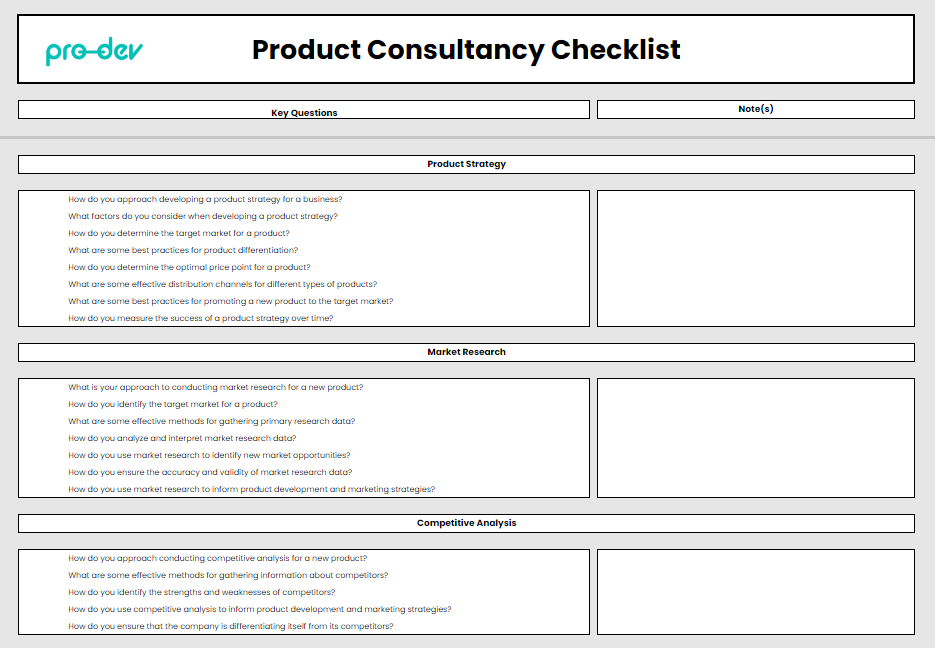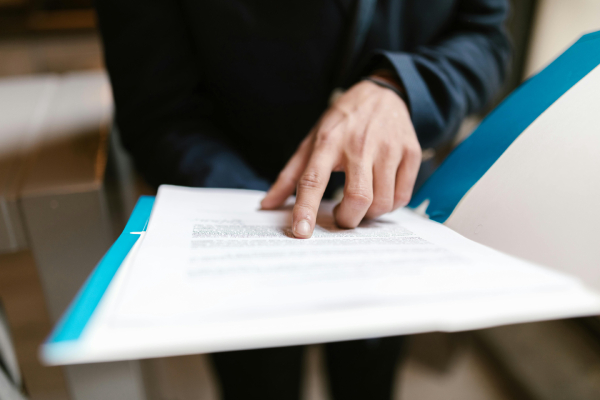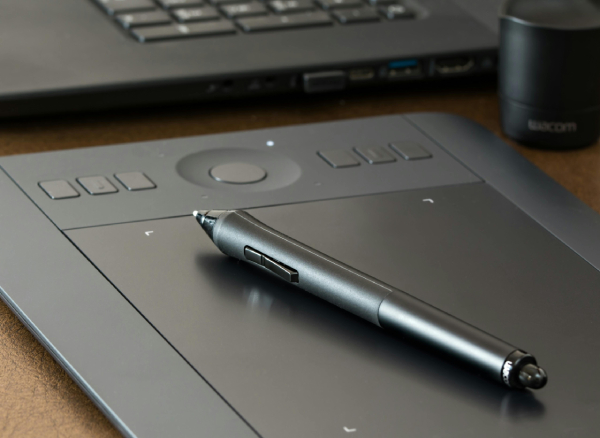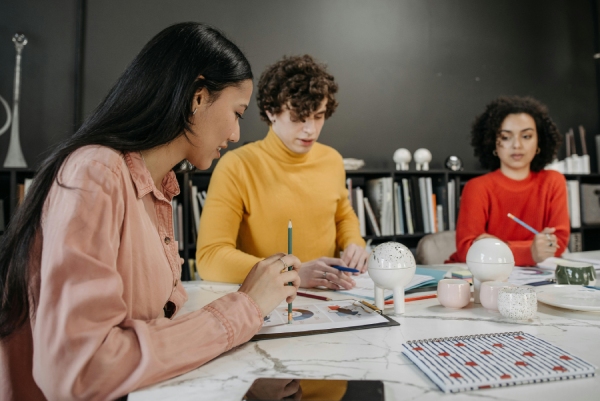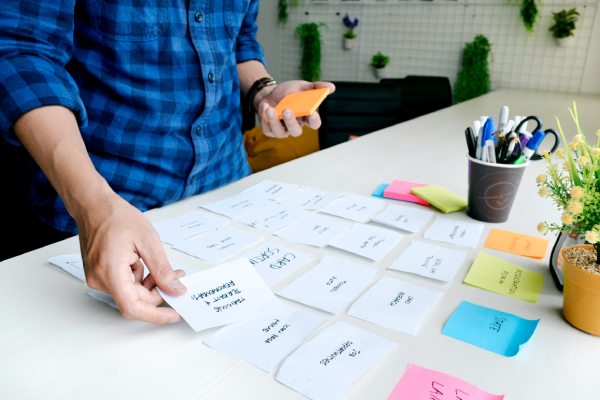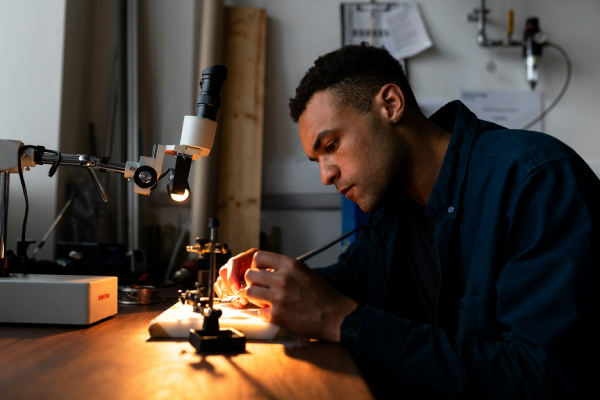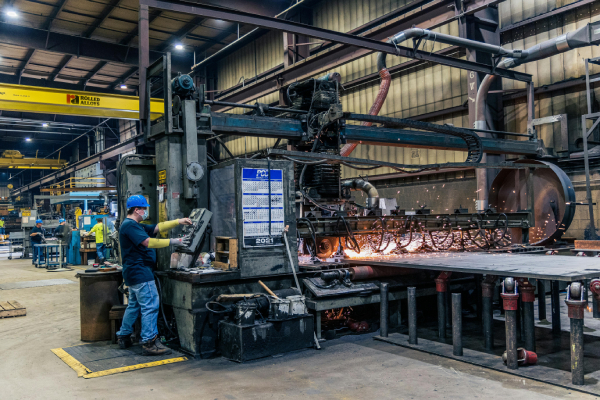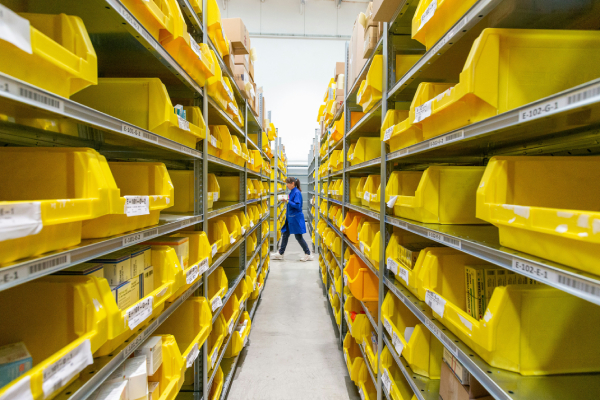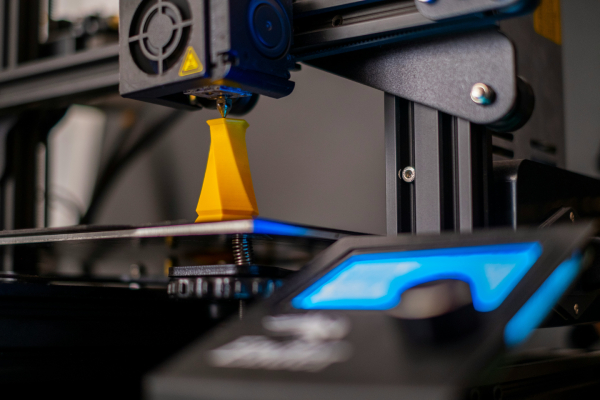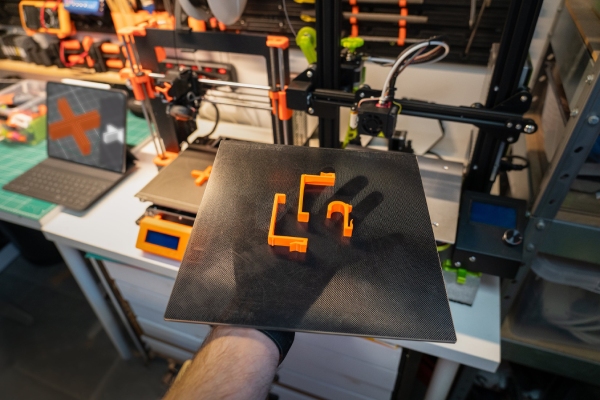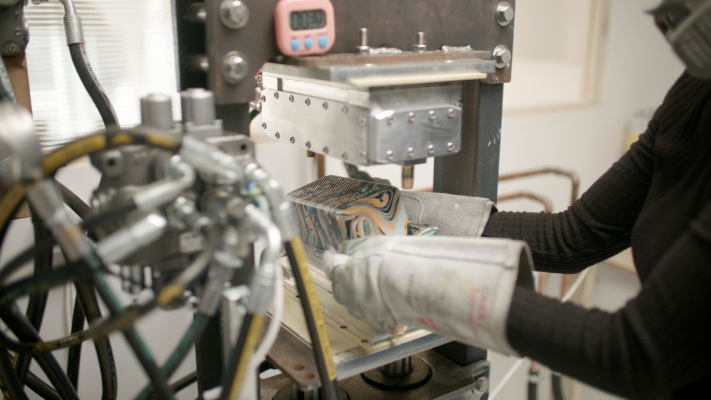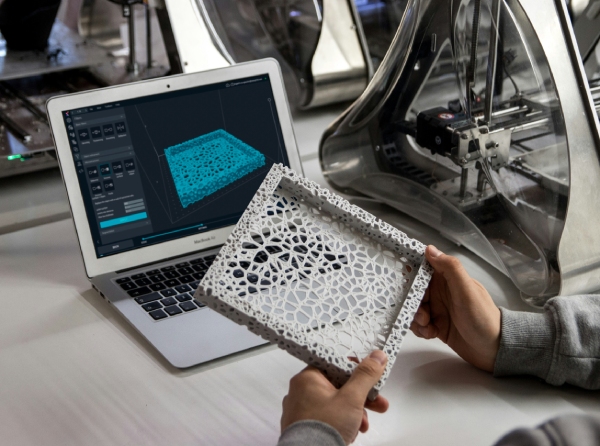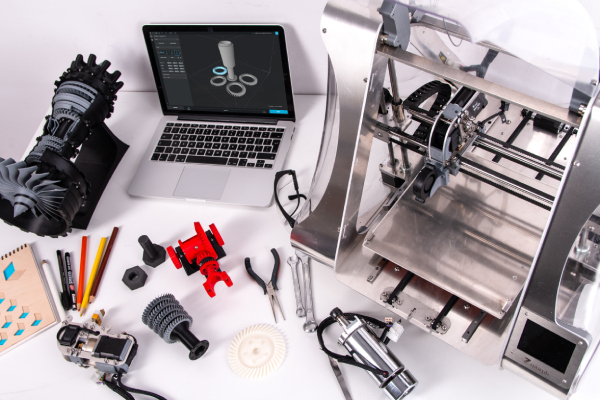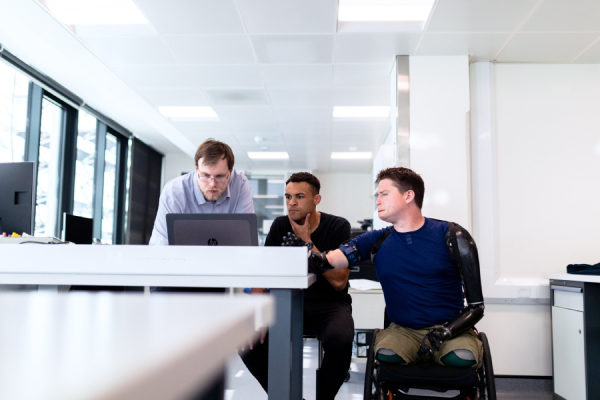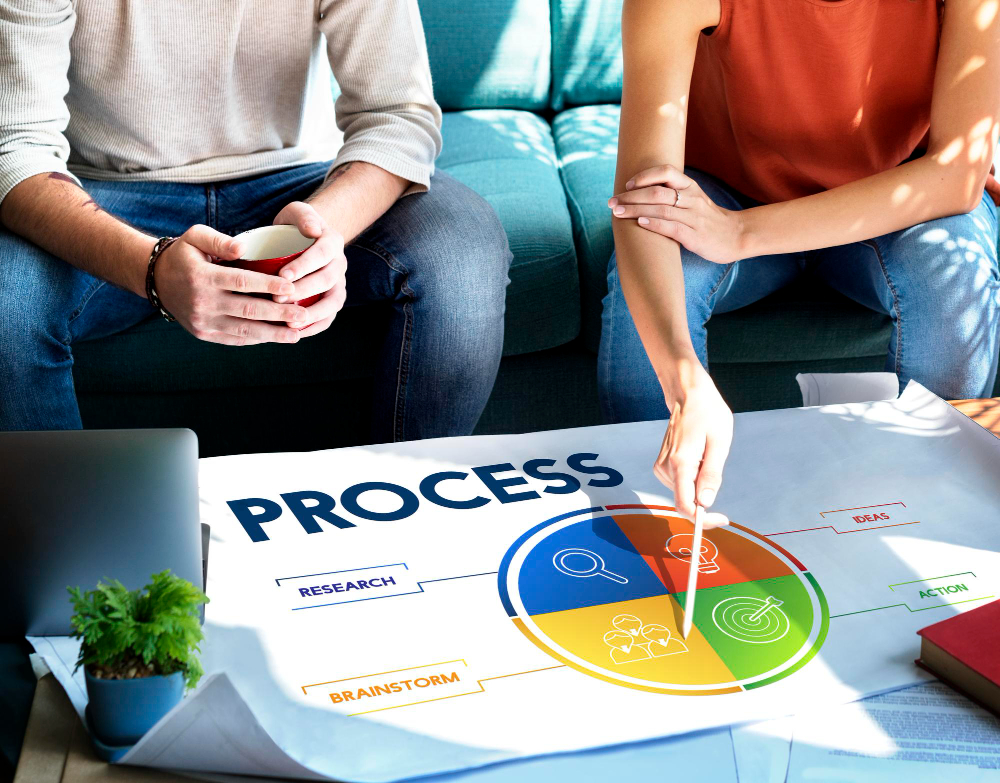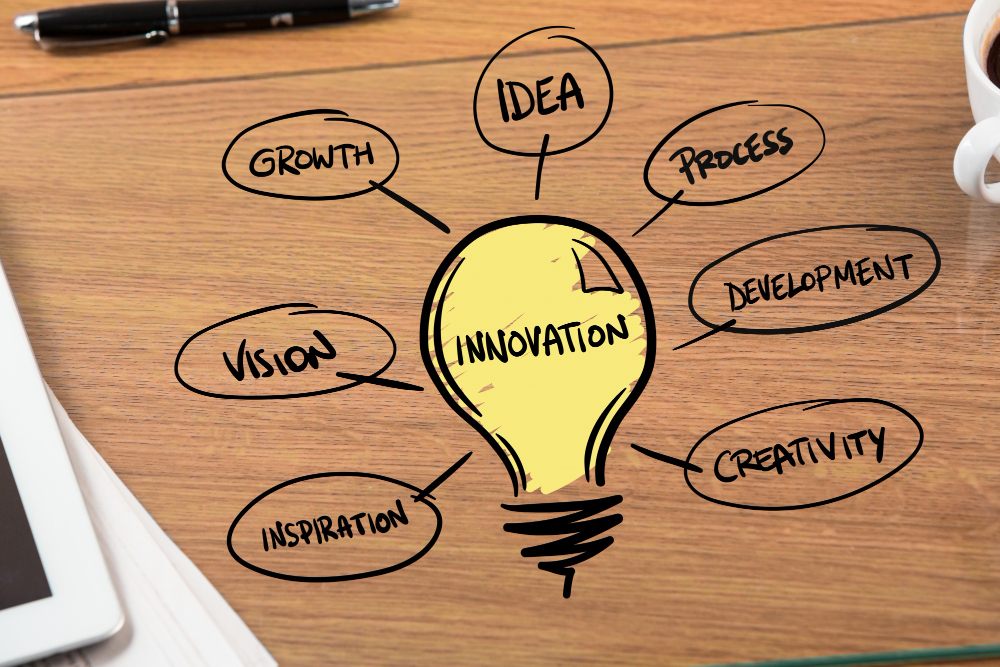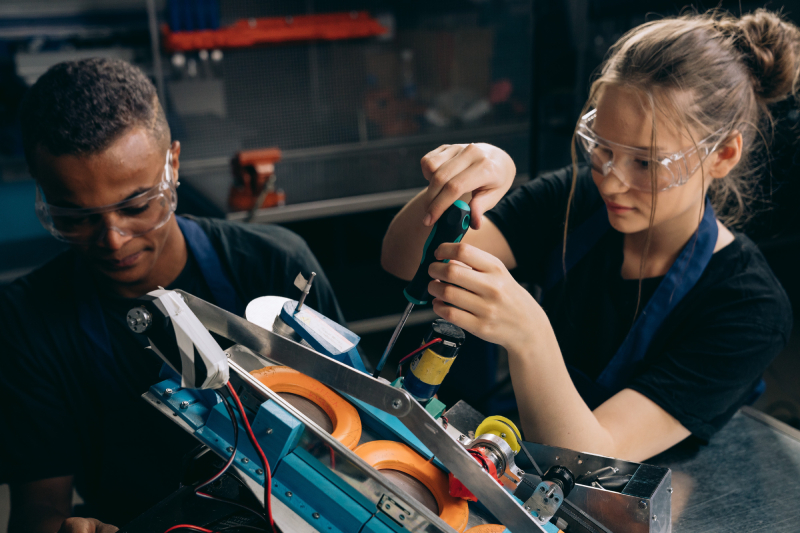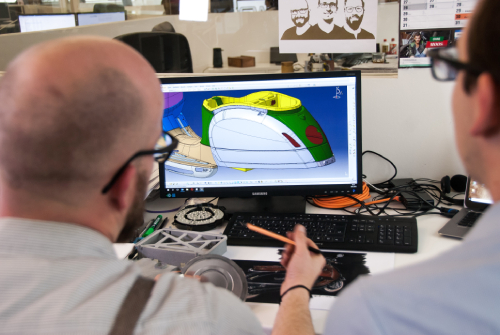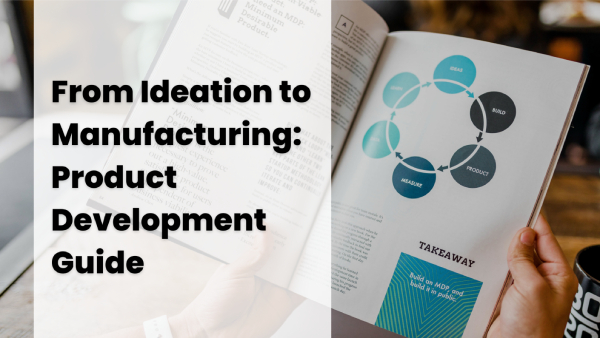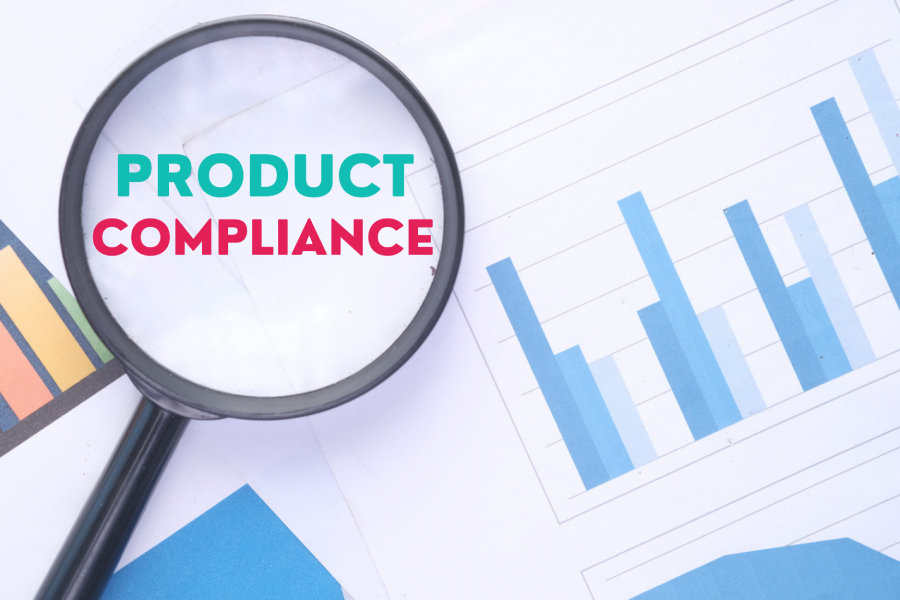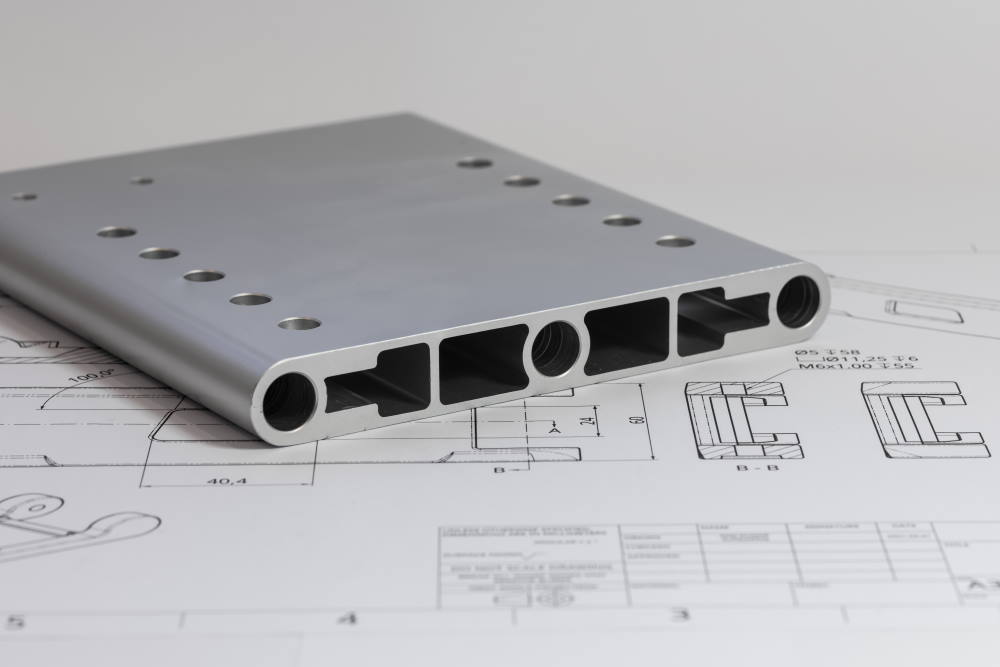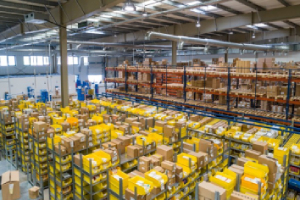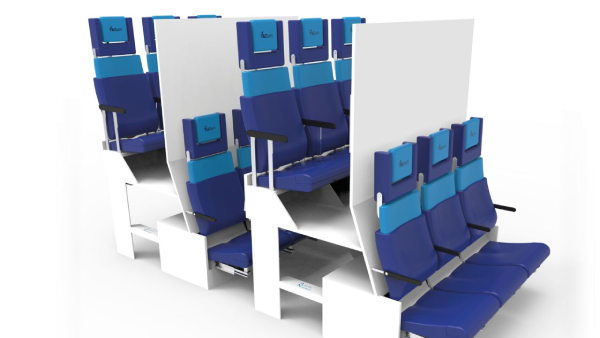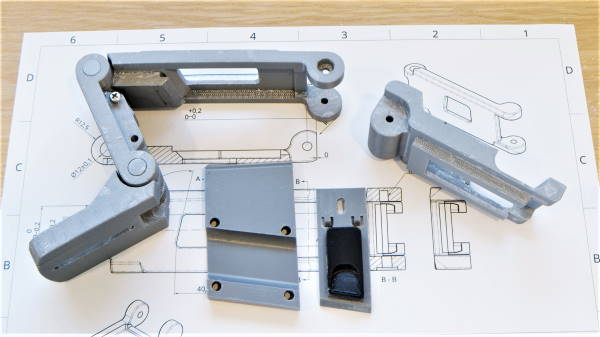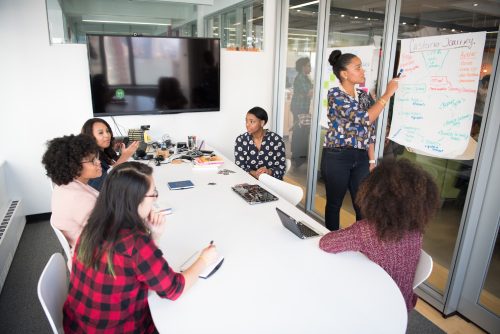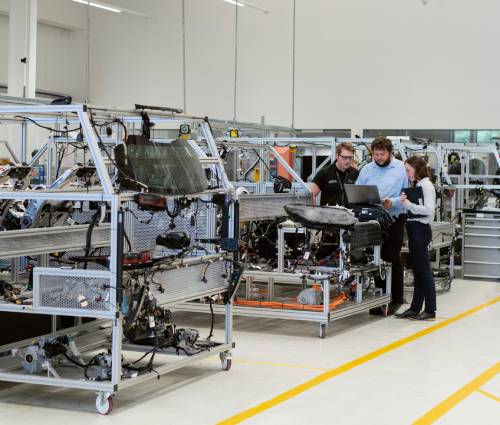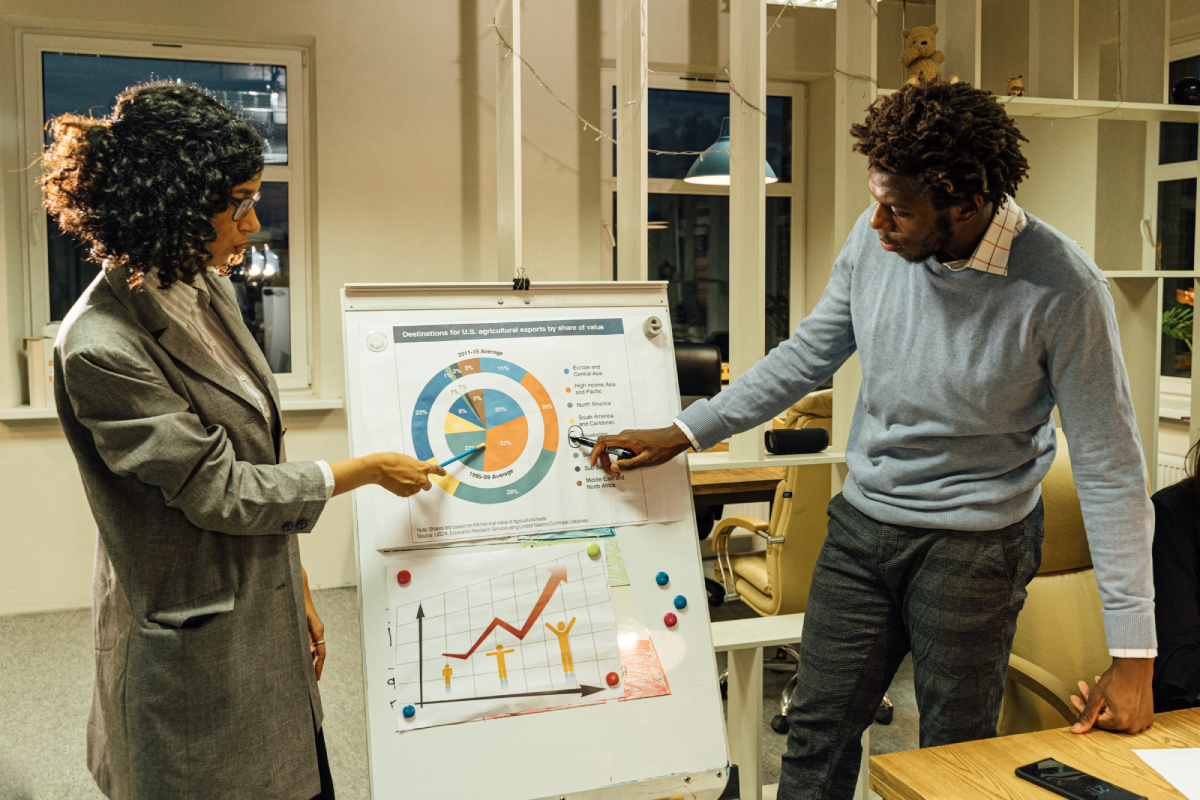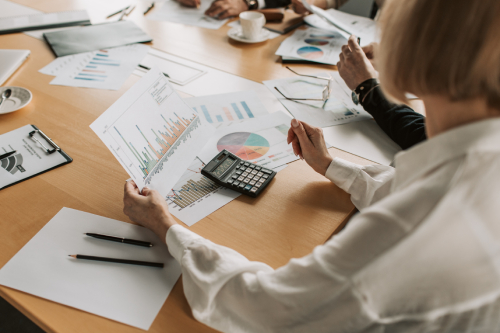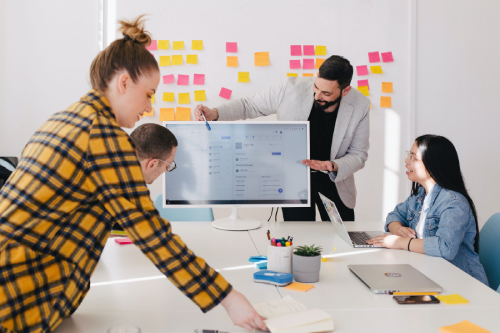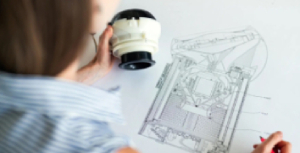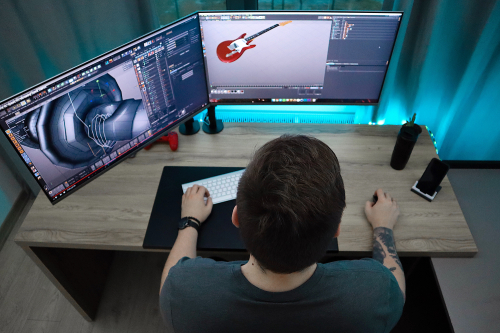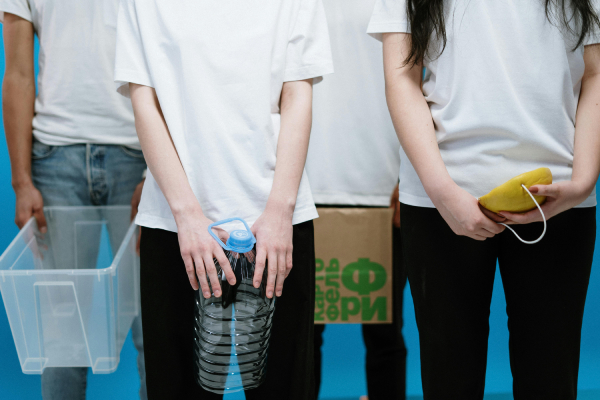
As more people become aware of the negative impact of traditional production methods, concerns about environmental sustainability grow. This has led businesses in different industries to find sustainable alternatives. One promising solution that has emerged is the concept of the circular economy.
Unlike the traditional linear economy, the circular economy aims to minimise waste and maximise the value of resources. It also deviates from the take-make-dispose model by promoting reuse, recycling, and regeneration. Additionally, adopting a circular economy approach requires rethinking the manufacturing process, starting with product design. When you search online for “sustainable product design Auckland,” or similar keywords for a different location, you’ll find many product design and development companies offering services that aim to achieve a circular economy.
Now, let’s explore the critical role of design in transitioning towards a circular economy and how to implement this sustainable strategy.
What Is a Circular Economy?
At its core, the circular economy is about reimagining the way goods are produced, consumed, and disposed of. It involves designing products and systems that enable resources to be reused, recycled, or repurposed, rather than ending up in landfills or incinerators. The circular economy encompasses a range of strategies.
This includes reducing resource consumption, extending product life cycles through reuse, and closing material loops through recycling. By adopting the principles of circular economy, businesses and industries can create a more sustainable and resilient economy. At the same time, they minimise environmental impact.
Design and the Circular Economy
Design plays a crucial role in shaping the transition to a circular economy. That’s because designers have the power to influence the entire product lifecycle, from conception and production to use and end-of-life. In this sense, designers can minimise waste and environmental impact by designing products with longevity in mind and incorporating modularity and upgradability. They can also use sustainable materials and eco-friendly manufacturing processes.
Additionally, products can be designed for durability and reparability. This ensures that products can be repaired and maintained, which extends their usefulness and reduces the need for replacements. Moreover, when designers consider the entire life cycle of a product, they can identify opportunities to optimise energy and resource use.
Benefits of Designing for a Circular Economy
Designing for the circular economy offers a multitude of benefits. Some of them are environmental advantages such as reduced resource depletion and pollution, along with economic benefits like cost savings through material efficiency and resource recovery. Additionally, embracing circular economy principles fosters innovation, creates new job opportunities, and contributes to building more resilient and equitable societies.
Embracing Reuse in Product Design
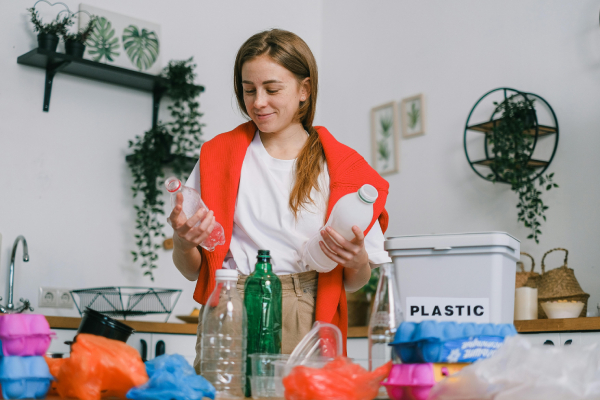
The concept of reuse is one of the central tenets of the circular economy. Designing products with disassembly and remanufacturing in mind allows for components and materials to be easily recovered and reused at the end of a product's life. With this, designers can facilitate the reuse of components and materials. It also helps extend the products’ lifespan and reduces the need for new resources.
Additionally, exploring innovative business models such as product-as-a-service encourages consumers to shift from ownership to access. This promotes the reuse of products and materials and reduces overall resource consumption.
Harnessing the Power of Recycling
Recycling plays a vital role in closing material loops and reducing the demand for virgin resources. This involves using recyclable materials, designing for easy separation, and sorting to facilitate the recycling process.
When products are designed with recyclability in mind, designers can ensure that materials can be easily recovered and recycled at the end of a product's life. This reduces the need for new resources and minimises waste. They can also design products that encourage closed-loop recycling systems. This is where materials are continually recycled and reused without degradation in quality, which further enhances resource efficiency and reduces waste.
Waste Reduction Strategies in Product Design
In addition to reuse and recycling, waste reduction strategies are essential in designing for the circular economy. This approach allows designers to mitigate the environmental impact of their products and contribute to a more sustainable economy. They can do this by minimising packaging and material waste, adopting lean manufacturing principles, and optimising production processes.
Energy-Efficient Practices in Product Development
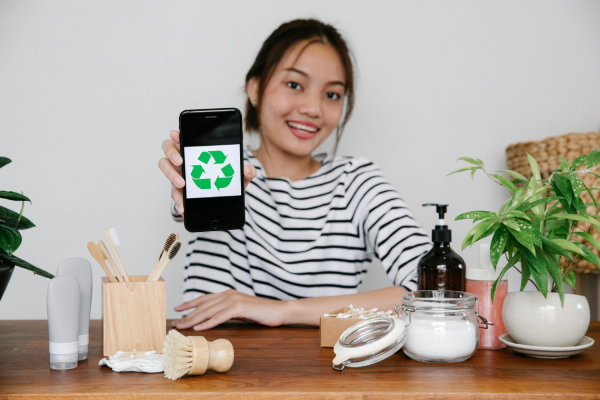
Another critical aspect of designing for sustainability is energy efficiency. This means incorporating renewable energy sources in the manufacturing of goods. It also involves optimising transportation and logistics for reduced energy consumption, which can help minimise the carbon footprint of products.
With such practices, designers can contribute to reducing greenhouse gas emissions and mitigating climate change. Additionally, energy-efficient products often result in cost savings for consumers and businesses.
With the heightened focus on sustainability, embracing the principles of the circular economy is more important than ever. Through this, designers can play a pivotal role in driving the transition to a more sustainable future. They can do so by adopting reuse and recycling, minimising waste and prioritising energy efficiency throughout the product design process. Together with such efforts, we can build a circular economy that preserves resources and creates lasting value for society and the planet.
